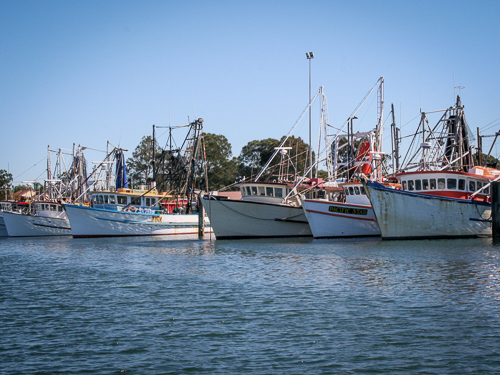Pipi harvest
 The highly sought-after pipi, found in ocean beaches, often used in pipi curry and other cultural delicacies.
The highly sought-after pipi, found in ocean beaches, often used in pipi curry and other cultural delicacies.
Overview
Why is this project important?
‘The Safe and Sustainable Sea Country Harvest of Pipi for Aboriginal Cultural Purposes’ project aims to reintroduce opportunities for Aboriginal people to continue the traditional cultural practice of pipi gathering.
The harvest of pipis for human consumption is prohibited in NSW (other than by a commercial fisher endorsed to take pipi and working to a current biotoxin management plan). This is because pipi meat can contain naturally occurring, but harmful, biotoxins from algae.
What are we doing?
The project is looking at how to provide a safe and sustainable harvest solution for Aboriginal community consumption. Targeted Aboriginal communities will undertake biotoxin testing to ensure harvested pipis are safe for consumption.
Seafood contamination is identified as a high-risk threat to Aboriginal cultural heritage in the statewide threat and risk assessment for the marine estate.
Locations
- Tweed Heads
- Byron Bay
- Ballina
- Clarence Valley
- Hastings Valley
- Port Stephens
- Jervis Bay regions
Local government areas - Clarence Valley Council, Port Stephens Council
Lead agency
Department of Primary Industries – Fisheries
Partners
- Local Aboriginal communities
- Universities
Our Initiatives
Contacts
Project updates
Cooperation is key to Richmond River projects
18 December 2019
